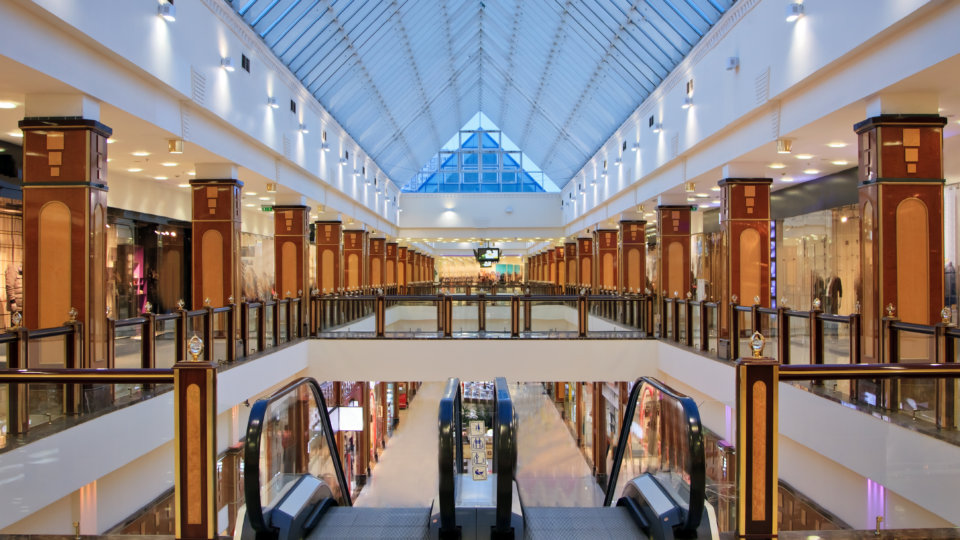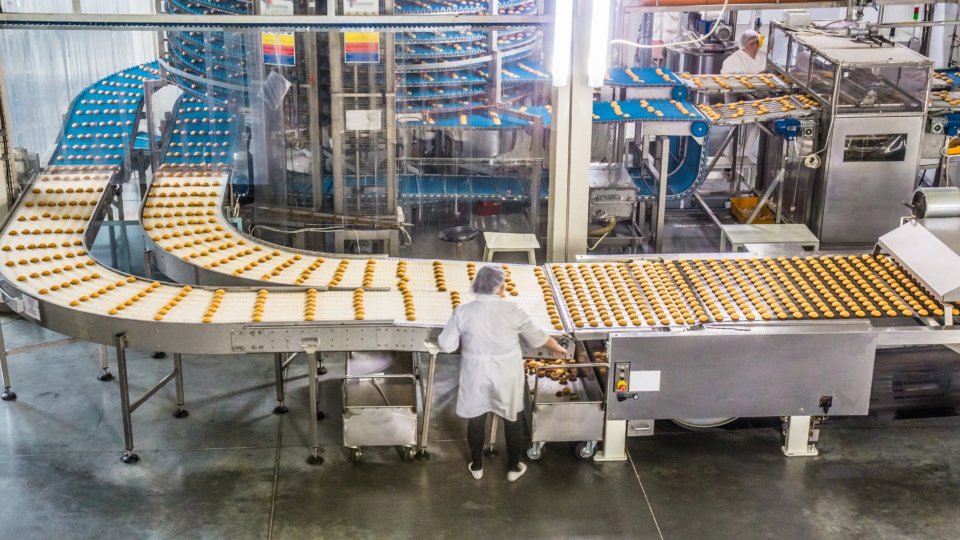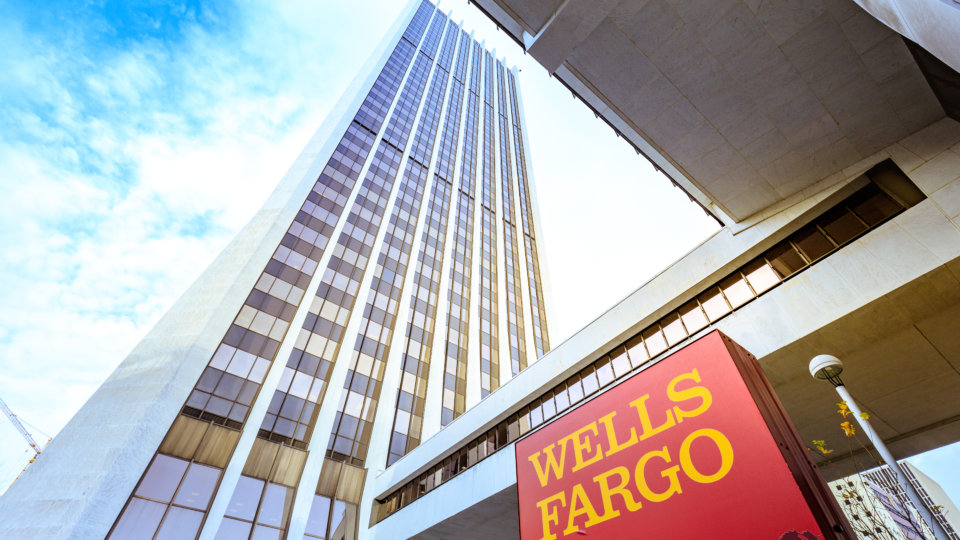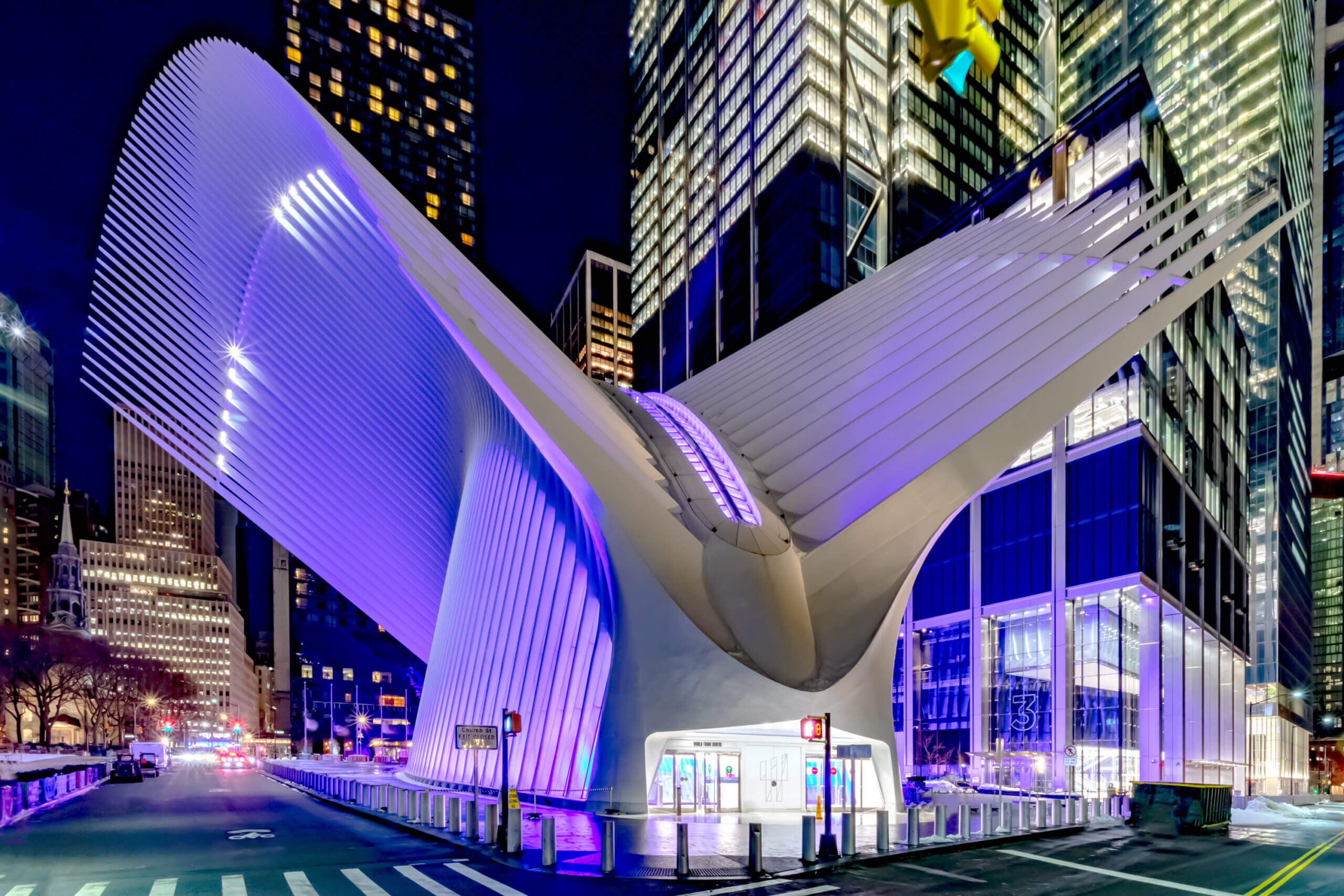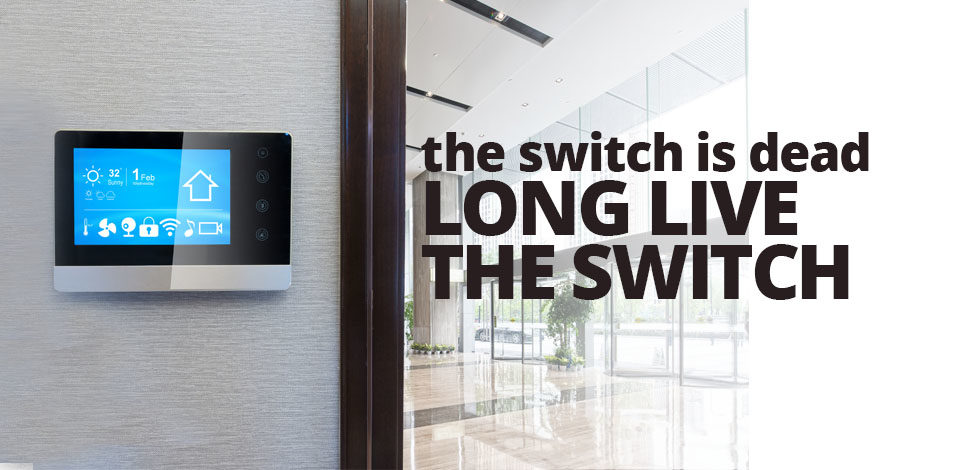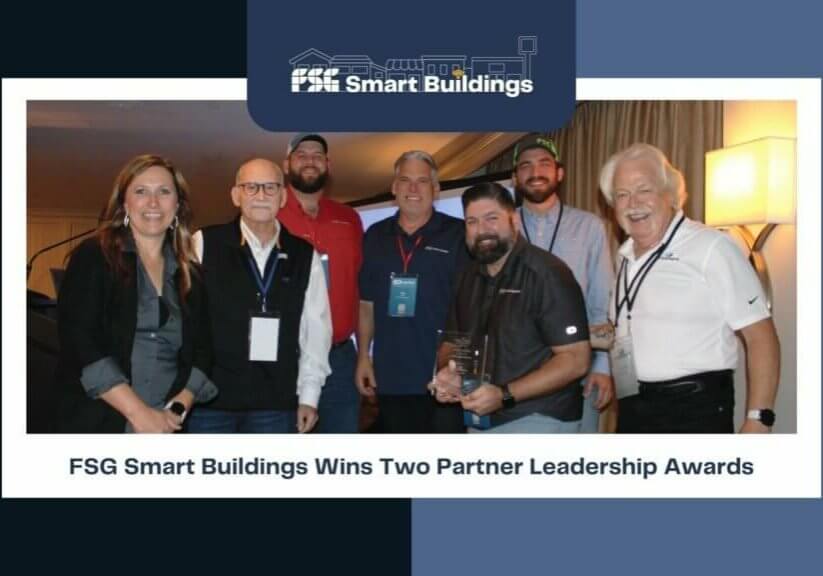On or Off? For years, these were your only options when it came to your lights.
In the last decade however, several key factors in the lighting industry have evolved the humble light switch from the binary device it once was, to a smart, interactive tool that plays a critical role in a dynamic ecosystem of efficient facility management.
The Light switch is Dead, Long Live the Light Switch.
When it comes to new commercial construction or renovations you might be hard pressed to find a traditional on/off light switch. Oh sure, there’s almost always one or two of them hidden away in a closet or small bathroom, but, the traditional light switch has quickly lost it prominent place on the walls of commercial buildings.
In its place you will discover a new device that isn’t just waiting for you to turn the lights on or off but is monitoring its environment to determine not only whether your lights should be on but also, what type of lighting is optimal.
Gone are the up and down toggle switches of days gone by, in their place we find smart controllers that sense occupancy, ambient light levels, the time of day and even the temperature in a room to know what type of light it needs to provide!
The Basics Are Still There
When Alexander Graham Bell first designed the telephone, even in his wildest dreams he never could have conceived what the modern smart phone has become. However many of the devices your smart phone replaces and however further it integrates into our lives, at its most basic level, it’s still a phone.
The controllers we have today are a far cry from John Henry Holmes’ first light switch in 1884 (the first light switch advancement that eliminated dangerous electrical arcing when the circuit was closed). There are so many options and ways to configure a lighting network that we can lose sight of what a good controls system is fundamentally doing. It’s turning the lights on.
At its heart, it is still a light switch.
More Than the Basics
In a similar way that the telephone has evolved into the modern smart phone, the light switch has evolved into the modern lighting controller.
These new smart controllers aren’t only limited to just a single wired circuit like their predecessors, but they are connected across both local and wide area networks to create scenes and programs designed around optimal lighting and energy usage scenarios. No longer do you need to be physically present to manually control the switch. Mr. Holmes’ humble light switch has grown up to become an integral player on your facilities team!
What’s so great about smart controllers?
The first benefit, and the one that most customers consider first when upgrading to smart controllers, is the energy savings these new controls bring to their operation. There are several ways those savings manifest themselves in a healthy controls system.
One, and perhaps the biggest savings opportunity, is the fact that automated controls are much better than you are at remembering to turn the lights off when the room is unoccupied. This not only results in less wasted electricity, but also provides longer lamp and fixture lifespans which ultimately results in lower maintenance and repair costs.
Maintenance and repair costs savings are the second most common savings point when it comes to smart controls. These controllers can be part of a smart building control system that helps troubleshoot or even, in some cases, predict issues that require maintenance before they become larger, more costlier problems. It’s this prediction and remote troubleshooting that lowers the need for service and repair work and saves valuable man hours and costly truck rolls!
Additional savings also come in the form of rebates and incentives. Most businesses don’t realize how much free money is available from utilities around the country if that business is willing to install smart controls in their facility. In some cases, these incentives and rebates cover or offset the cost of the retrofitting your facility, while in other cases, the rebates or incentives come in the form of a monthly savings on your energy bill. The key to capturing these rebate savings and incentives is partnering with a company that helps identify, apply for, and capture those savings!
Ready for the future
One of the things we have learned about technology over the years is that as it develops, it converges. From a network and facilities standpoint this means that as these systems get smarter, they converge and need to be able to communicate with each other and work together. This opens an entire world of possibilities that we never could have been dreamed of before. For example, lighting controls can talk to HVAC controls and tell the HVAC to turn up or down based on occupancy, measured sunlight, or any other number of factors. This interconnectivity results in HVAC savings as well as lighting savings.
It isn’t One or The Other Anymore!
In the past, a lighting replacement/upgrade project was just that–an upgrade or replacement of your lamps or fixture. Rarely, were the light switches given much attention because, quite frankly, unless they failed, legacy light switches didn’t require much attention. Today’s lighting upgrade projects can’t be designed and installed without, at the very least, a discussion about how those lights are controlled. While the lighting technology of today is more energy efficient and provides huge savings opportunity, the real exclamation point of savings, if you will, is found in how those lights are controlled!
As an example, a simple lighting controls system adds between 5-15% savings on top of the huge savings already being achieved by upgrading to LED!
No longer is it good enough to just look at the ceiling when thinking about capturing energy savings through lighting– we must be looking at what’s on the walls too!
Where Do I Start the Controls Conversation?
The best place to start when considering controls is time. Ask yourself, “When do the lights need to be on and when do they need to be off?”
Use that time to begin to calculate what your smart controls can do. For example, if Bob works 9am to 5pm, it’s safe to say that Bob’s lights are on in his office for 8 hours. However, if Bob has meetings, goes to the restroom, takes a break, or goes to lunch, all these little times add up to an hour or two every day that the lights aren’t needed in Bob’s office. Smart controls would turn the lights off when Bob isn’t occupying the room and, over time, that one or two hours of saved energy used per day in Bob’s office adds up. Now multiply that by 5 offices or more and you will start to see how controls can scale savings for a customer.
Additionally, let’s say that Bob’s office has two windows that get quite a bit of morning sun that tapers off through the day. Smart controls can have sensors that read how much light is already in the room and lowers their output when only a percentage of their full light is needed.
As a part of a full smart building controls system, let’s consider the same scenario for HVAC, water, gas… any other consumable used by humans in an office or business and you start to see how managing and adjusting those resources automatically saves your business money.
I Need This All to Work Together
As you start down this road you soon realize. “We’re not just talking about switching my lights on and off, we’re talking about a growing network that integrates all of my facilities.” This is why you need a guide that not only understands the design and implementation of a lighting network, but also has the experience and skills to make sure that your future choices won’t be limited by short sighted decisions.
Lighting companies will have controls experts you can reach out to; however, the best subject matter experts are going to be the ones that can not only talk about current lighting technologies but can also speak about the realities of integrating that technology into expanding systems and electrical designs. Companies, like Facility Solutions Group, who integrate electrical, lighting, networking and building controls disciplines, bring you a complete picture of understanding when it comes to setting you up, not only for energy and maintenance savings now, but for the technologies that are yet to come.
Are You In or Out?
As devices become multifunctional and seemingly insignificant parts of our facilities begin to play a larger role in our operations, our choices for implementation are still black and white. You are either “in” or “out”, and when we say “out” we mean “left out.” We are approaching the point where smart controls and building control networks will have become the norm and aren’t talked about as often in terms of savings, and your legacy switches and systems are talked about in terms of their additional costs to your bottom line.
Business is competitive enough without seeing your hard-earned profits eaten away by the unnecessary cost of your legacy facility systems.
Just like the smart phone, smart controls are here to stay and no matter how much we may love our simple binary choice of on or off, our facilities demand more options and, the more options we have when it comes to managing our resources the better this world is for all of us!



